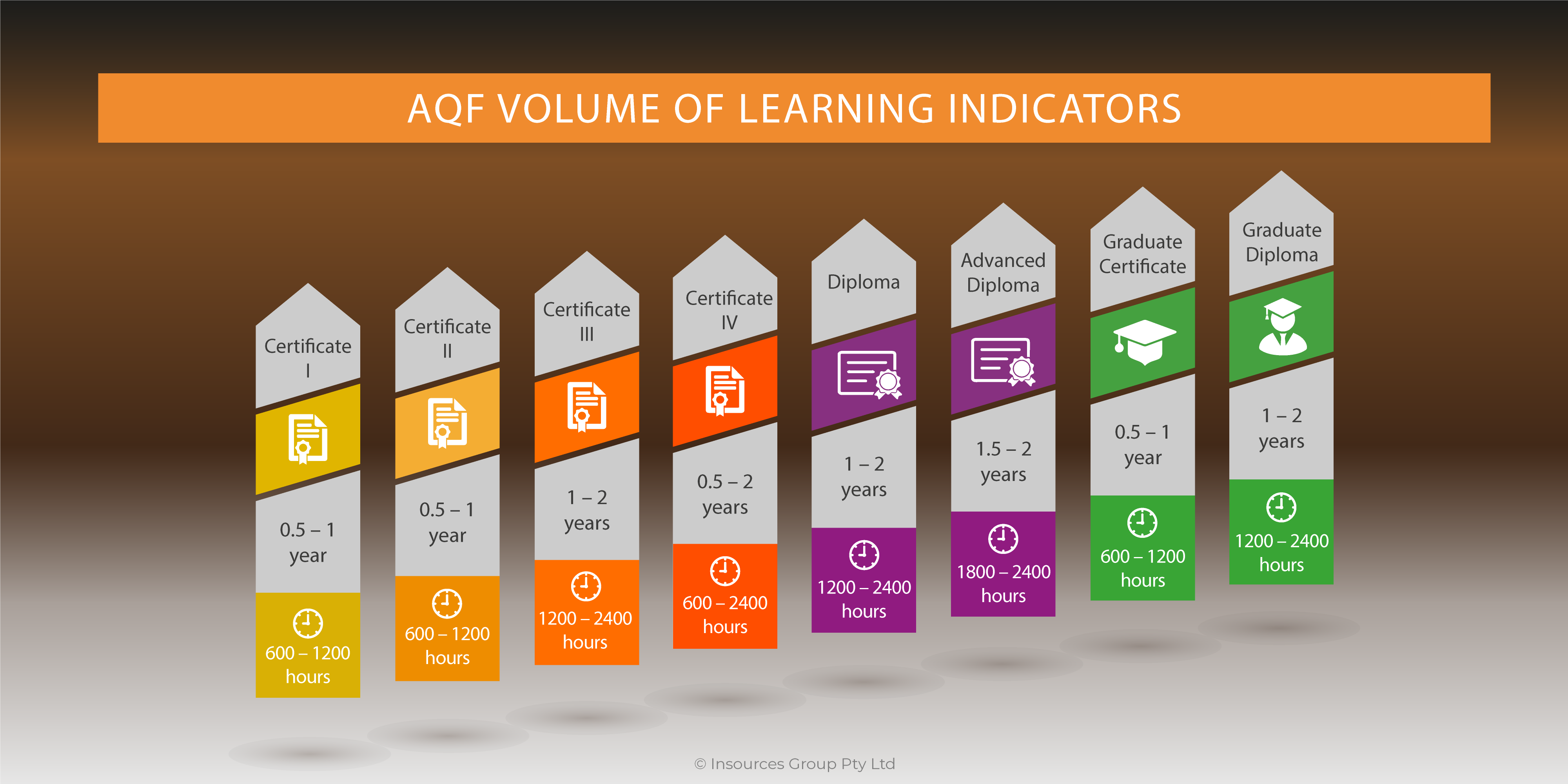 Scenario-based learning is generally most appropriate when teaching learners with some relevant prior knowledge or experience how to perform tasks that rely on critical and creative problem solving. They are especially useful to teach skills that are difficult to acquire on the job because of safety concerns or scarcity of real-world opportunities. Decisions can have life or death consequences, and a scenario-based approach to learning offers at least a partial substitute for real-world experience.
Scenario-based learning is generally most appropriate when teaching learners with some relevant prior knowledge or experience how to perform tasks that rely on critical and creative problem solving. They are especially useful to teach skills that are difficult to acquire on the job because of safety concerns or scarcity of real-world opportunities. Decisions can have life or death consequences, and a scenario-based approach to learning offers at least a partial substitute for real-world experience.
There are four essential elements of an effective scenario-based lesson:
- an authentic scenario or task assignment that serves as a context for learning
- learner guidance while responding to and resolving the problem
- feedback on problem solutions or problem-solving processes
- explicit opportunities to reflect on problem solutions.
The Scenario
Case study scenarios commonly appear in procedural (part task) lessons and sometimes even in explanations. In procedural lessons, a problem or case study usually serves as an end-of-lesson (or unit) practice opportunity. But in the scenario-based approach the lesson starts (rather than ends) with a problem or scenario that serves as a context for learning.
Designing an effective problem or scenario is one of your biggest challenges. First, your scenario must require the participant to learn and apply the key skills needed to resolve it. For example, consider a scenario for an Excel class where a business analyst will require the use of formulas to perform calculations and charts to display data. In the troubleshooting lesson, the technician must learn the mechanical and electrical components of the automotive systems involved, which diagnostic tests might be most appropriate at a given time, and how to interpret diagnostic data to identify a likely cause of failure.
As you plan your scenario, define the desired outcome and the criteria for success. These elements correspond to the action and criterion of a traditional lesson objective. Your outcome may involve a decision, actions, rationale for actions, a problem-solving path, or a product. Your criteria may be a correct answer, an answer that matches rationale, a decision path that is efficient and effective, solution time, or specified features of a product deliverable.
The Excel scenario will initially require the construction and input of accurate formulas to achieve the assigned goals. The outcome will be a correct answer because the spreadsheet incorporates specific data values. In contrast, the automotive troubleshooting class will require selection of a correct diagnosis, as well as an efficient, logical, problem-solving process in which irrelevant tests are bypassed.
Many scenarios will require the learner to access related problem data. This part of your design will correspond to the “givens” in your learning objective. When you do your job analysis, note the common sources of data that experts use to solve problems and plan ways to incorporate these into your lesson. Typical examples include documents, technical diagrams, computer programs, client interviews, and test equipment—any resource that would be normally used on the job to define and analyze the problem.
The Guidance
One of the potential mine fields in scenario-based lessons is mental overload and learner confusion leading to frustration and drop out. Devote careful thought to the placement and type of guidance in the lessons. Instructional psychologists call this type of guidance scaffolding. For the initial problems in your course, provide heavy doses of guidance and gradually remove support as learning progresses. The most common types of guidance reviewed here involve: problem sequencing, learner control, examples, and knowledge resources such as experts, tutorials, and references.
Sequence problems from simple to complex. The initial problem or task assignment should be the simplest instance you can build of an authentic job problem appropriate for your target audience. Easy problems will have fewer variables, relaxed constraints, straightforward solutions, and limited data to consider.
Constrain learner control. Learner options are limited in a more structured scenario design called a branched scenario. Branched scenarios are especially effective for problems in which one choice leads to another and then another in a linear sequence.
Alternate problem demonstrations with assignments. Start with a demonstration (also called a worked example) of how to solve a problem or at least include a link to such a demonstration. For example, the instructor might demonstrate how to add a column of numbers in the spreadsheet. Next, learners are asked to perform a similar task using different data.
Offer knowledge resources. Some scenarios can benefit from a variety of perspectives. For example, a medical ethics scenario provides links that access virtual experts, including lawyer, ethicist, clergy, psychologist, and colleague. Or, a course for new supervisors offers links to manager, experienced supervisor, legal staff, and human resources, to name a few.
The Feedback
All learning benefits from feedback. In scenario-based learning environments you can use two types of feedback: intrinsic and instructive. Instructive feedback informs the learners that their responses are correct or incorrect and provides an explanation.
Intrinsic feedback shows the outcomes of the learners’ actions or decisions as they resolve the problem. In other words, the learner acts and sees how the situation plays out for better or for worse. Intrinsic feedback can also reveal environmental responses that may be normally hidden. For example, a food handlers’ lesson scenario incorporated a germ meter that reached the danger zone when food was improperly handled. Likewise, a supervisory lesson on giving performance feedback included a “motivation” dial to reveal the feelings of the employee receiving feedback.
The Reflection
One of the big differences between scenario-based and directive lessons is the instructional response to learner errors. Based on behaviorist roots, directive lessons attempt to minimize learner errors. When a mistake is made, the learner usually gets immediate corrective feedback.
In contrast, scenario-based course designs view mistakes as an opportunity for learning. Feedback may not come until several actions have been taken or even until the end of the scenario. To learn from mistakes, it is important to prompt learner reflection on what they did and what they might do differently.
One powerful form of feedback that encourages reflection is an expert comparison. Another approach to reflection is to let the learner experience intrinsic feedback followed by an opportunity to reconsider his responses and replay his choices.
Applying Scenario-Based Learning to Your Training
Use the following checklist to guide your design and development of scenario-based learning environments.
- Consider a scenario-based approach for tasks that involve decision making and critical thinking or for tasks that are challenging to learn in the work environment.
- Provide a more constrained design and higher levels of guidance for novice learners.
- Initiate the lesson with a work-authentic assignment or scenario.
- Design an interface which is clean and in which learner response options are clear.
- Incorporate fewer variables and less data in initial scenarios.
- Offer less learner control in initial scenarios.
- Provide guidance to minimize learner frustration and ensure learning.
- Fade guidance as learners gain more experience.
- Provide both intrinsic and instructional feedback.
- Use feedback to illustrate both visible and “invisible” consequences of actions.
- Allow learners the opportunity to make mistakes, experience the results, and reflect in order to learn from their mistakes.
- Present scenarios with visuals rather than text alone.
- As an instructor, assume a facilitative role rather than a knowledge source.
- Ensure the full range of knowledge and skills through the scenarios selected to fulfill the goals of the instructional program.
Reference: Evidence-based Training Methods, 2nd edition, Ruth Colvin Clark, ATD PRess, 2015




